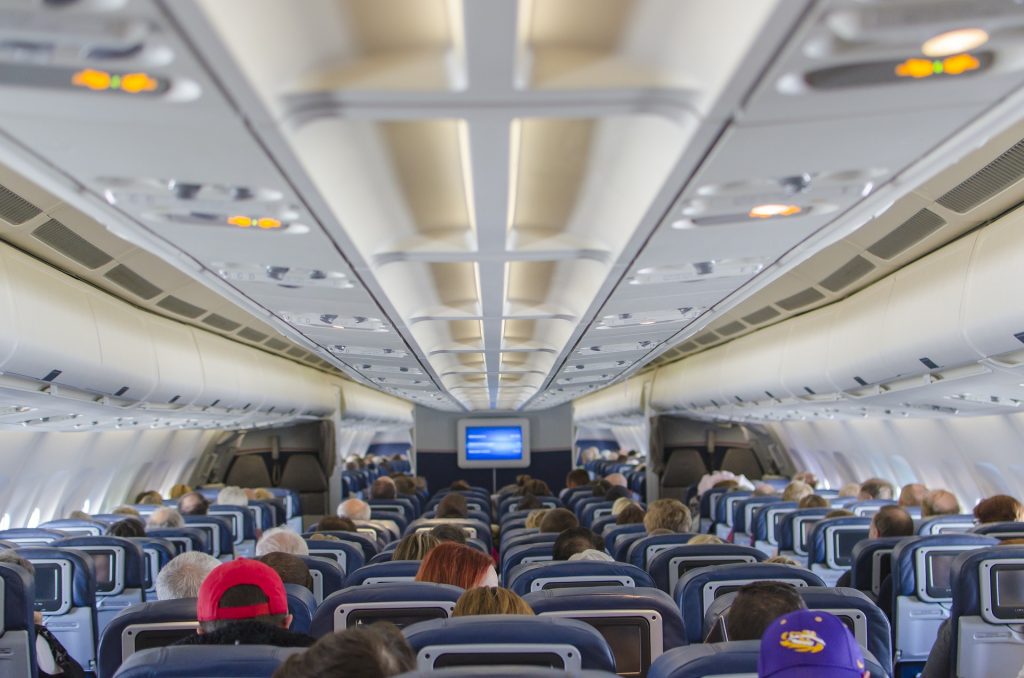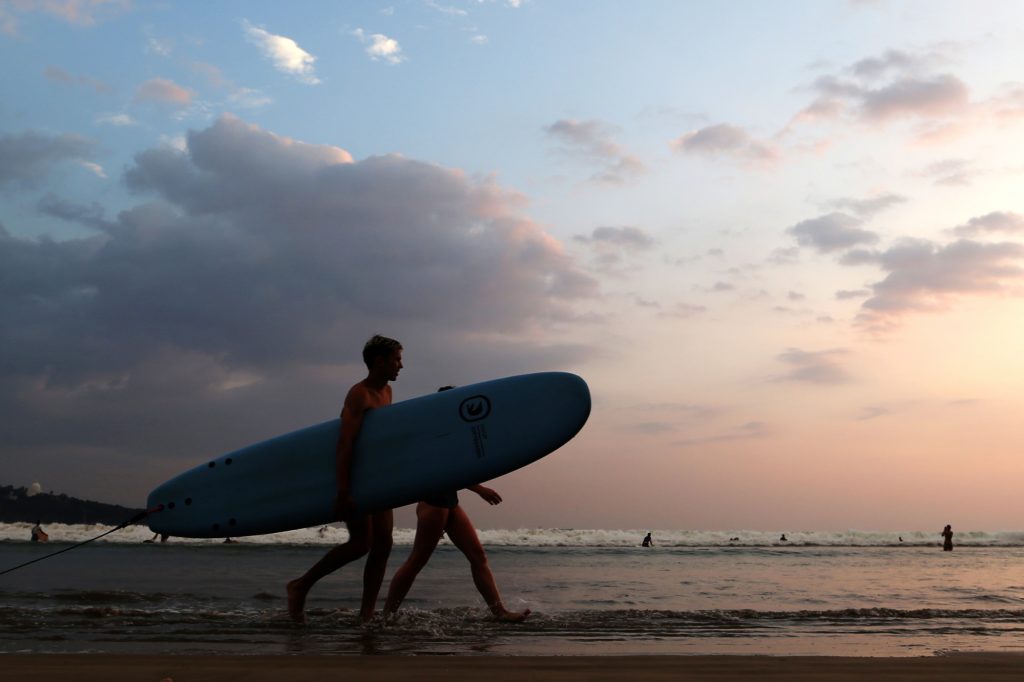World’s most unique gardens! | Gardens By The Bay, Singapore

What do the World’s Largest Indoor Waterfall, and the World’s Largest Greenhouse have in common? You can find them at Gardens by the Bay!
World’s most unique gardens! | Gardens By The Bay, Singapore |Hey Nadine



























